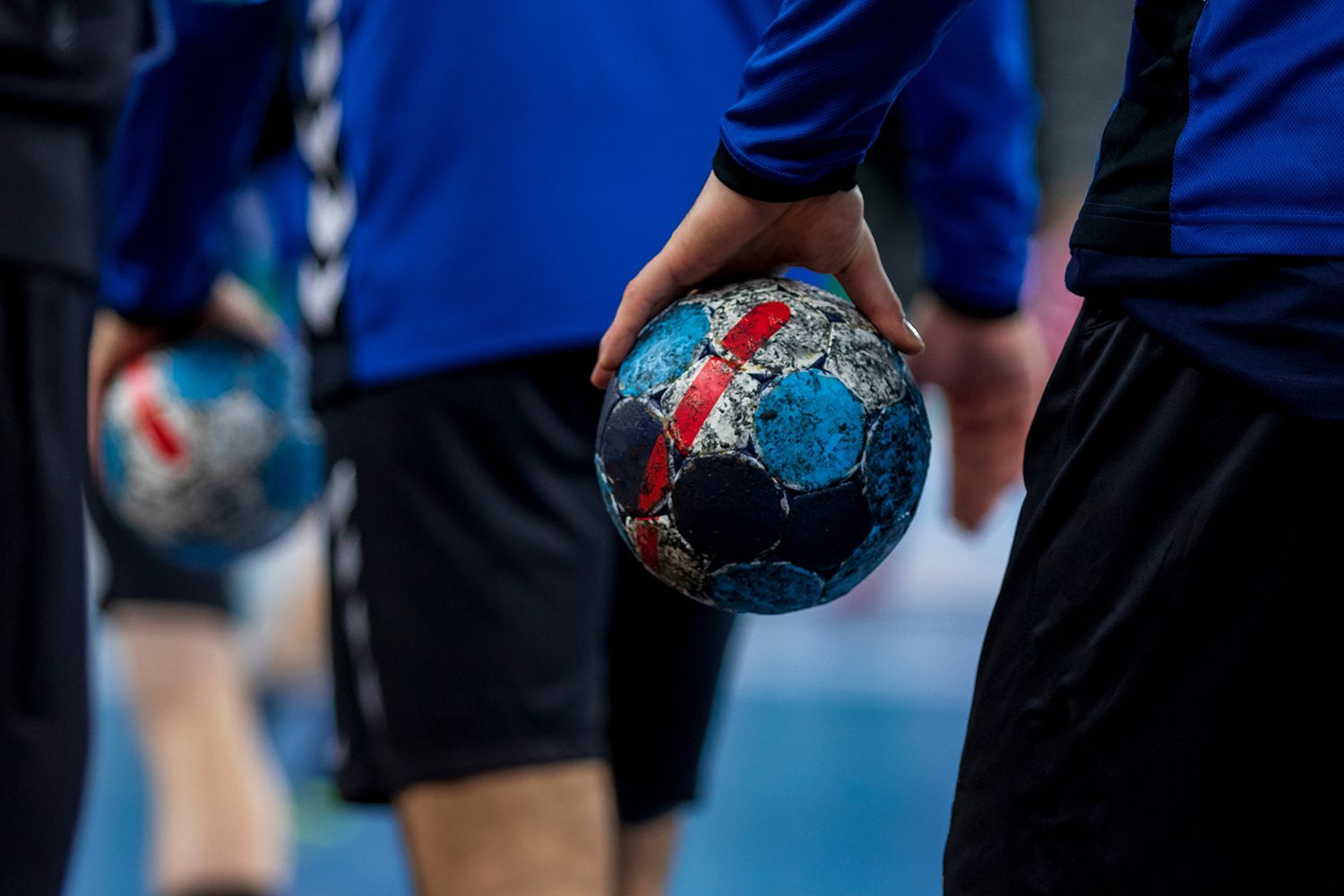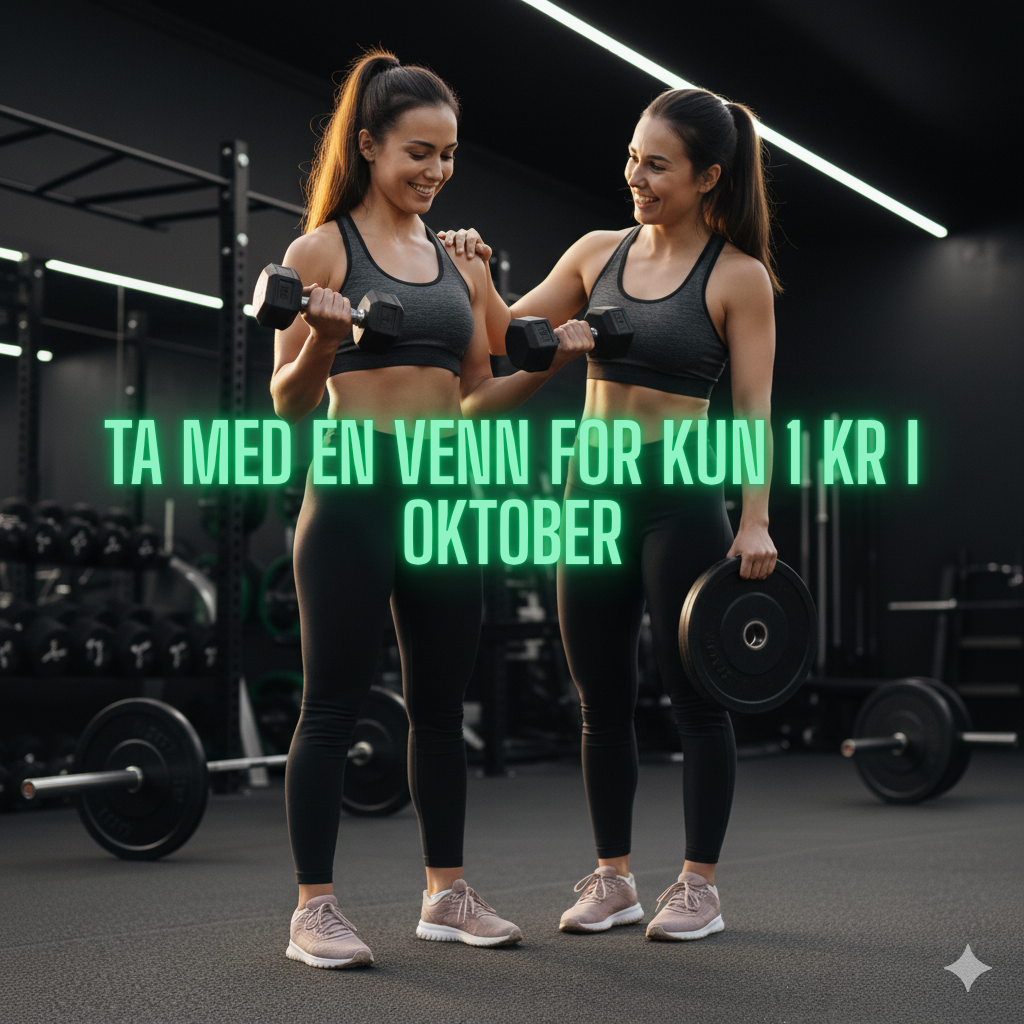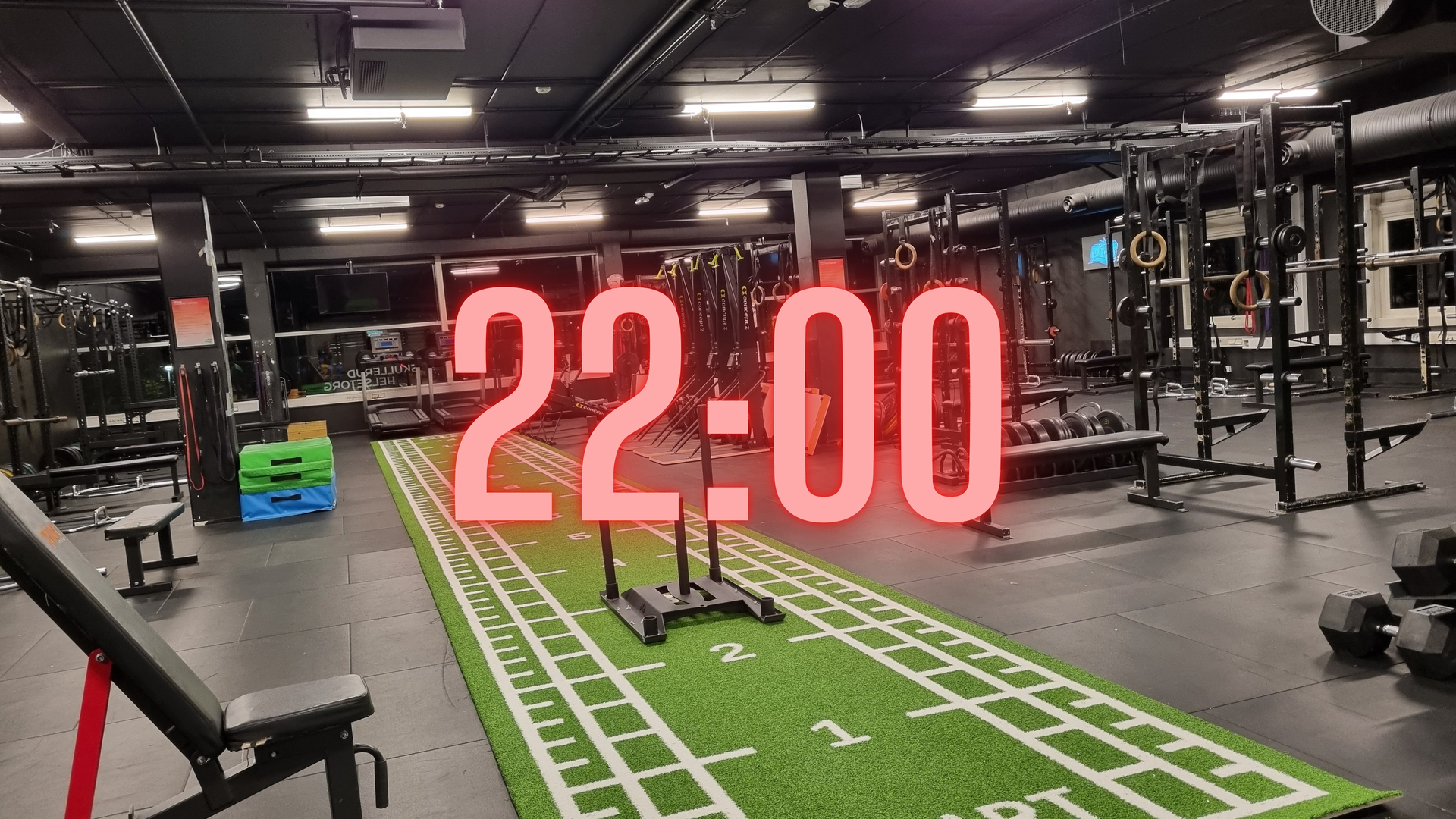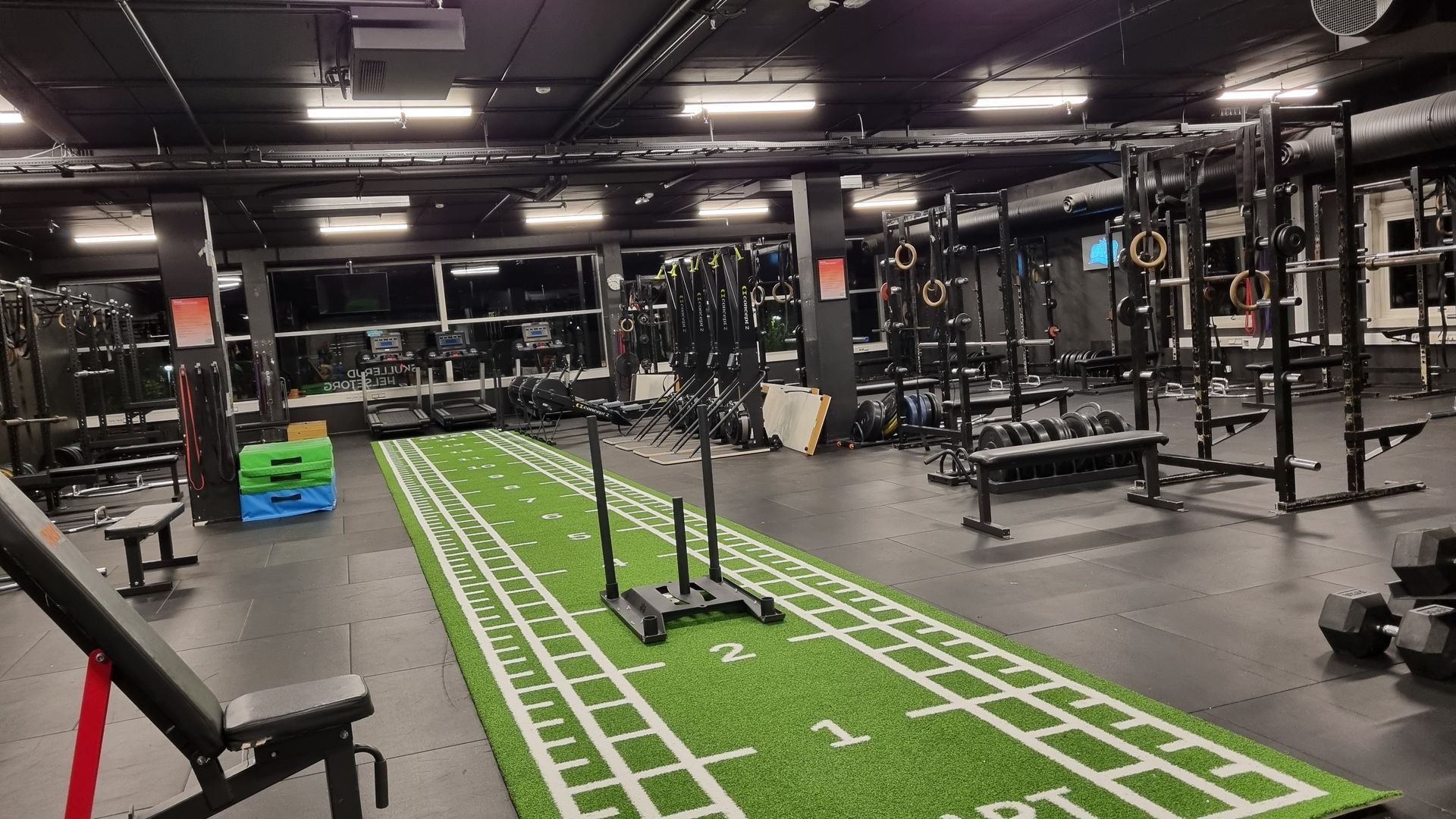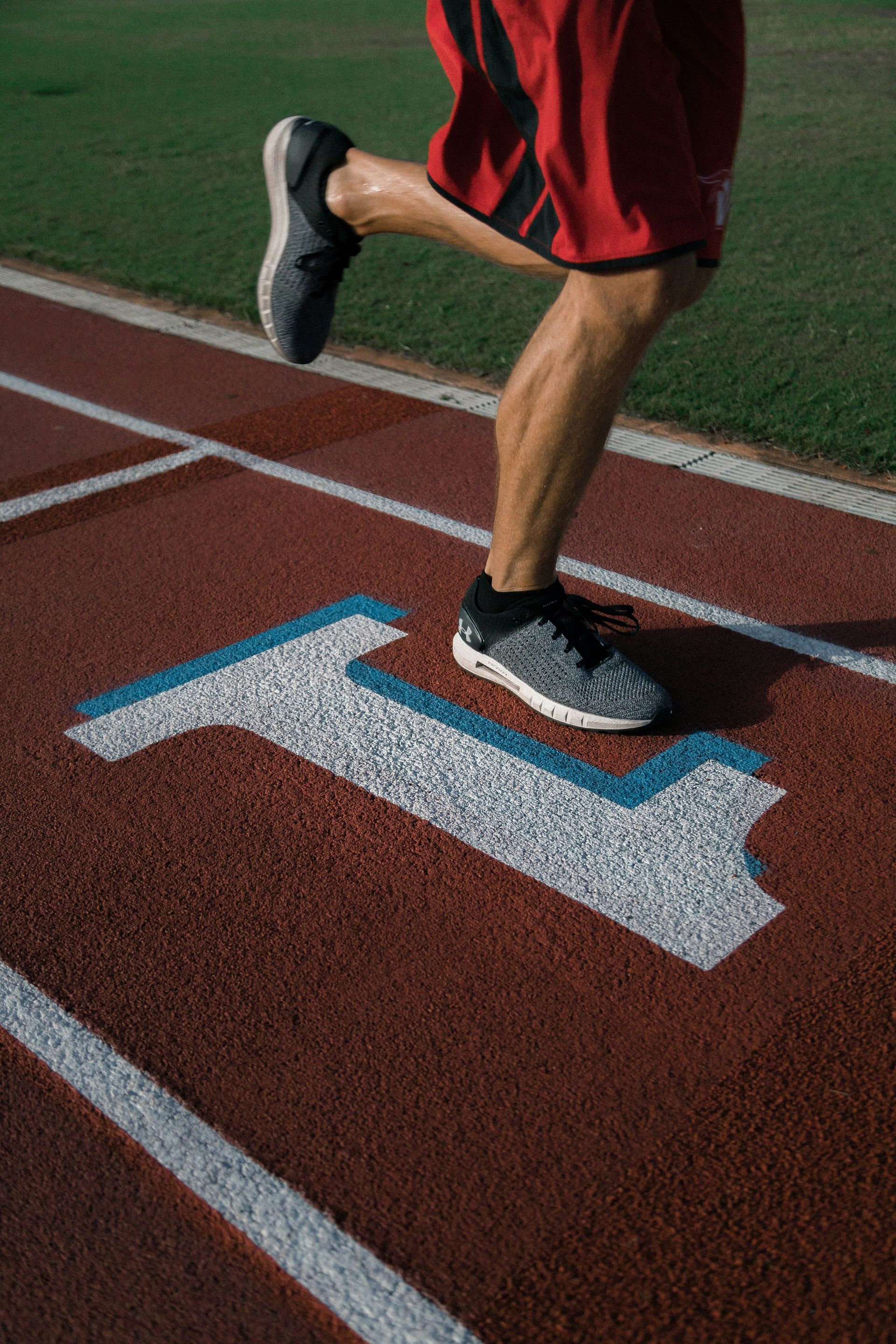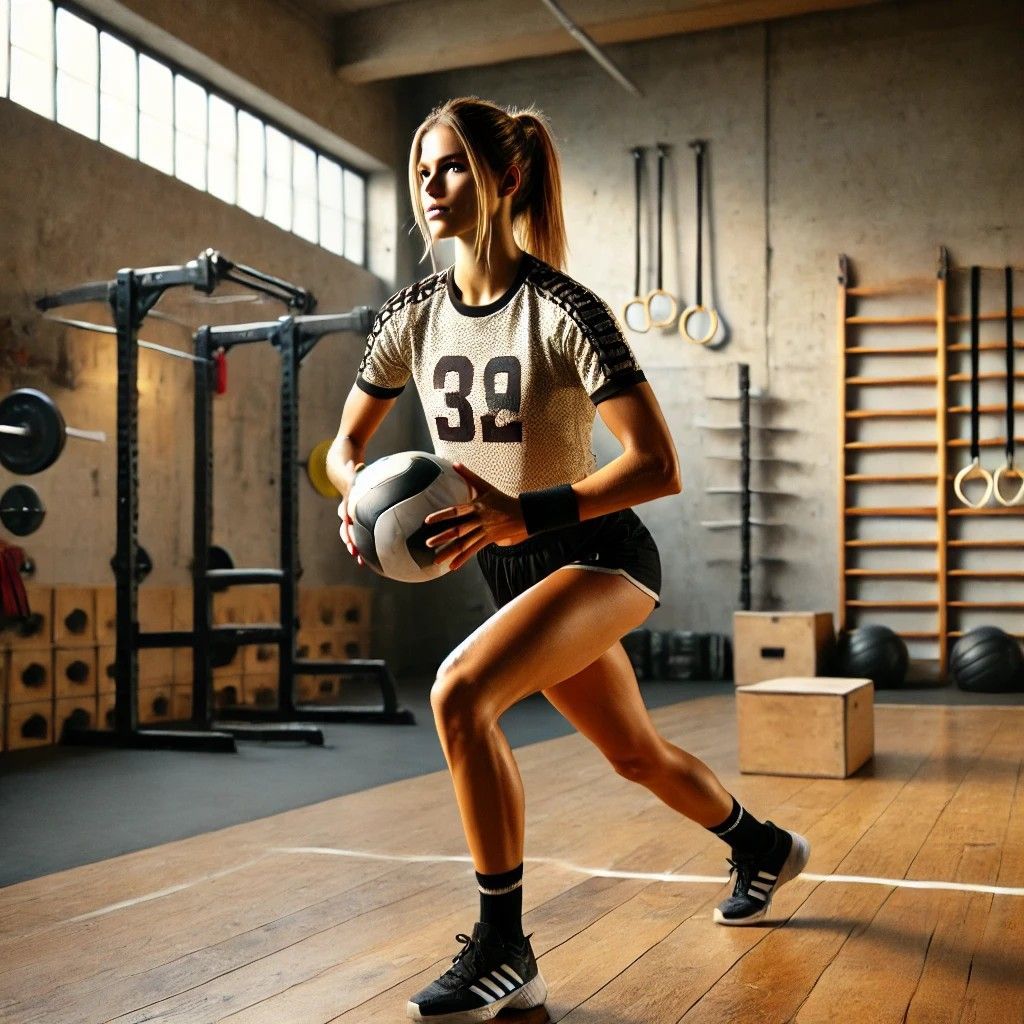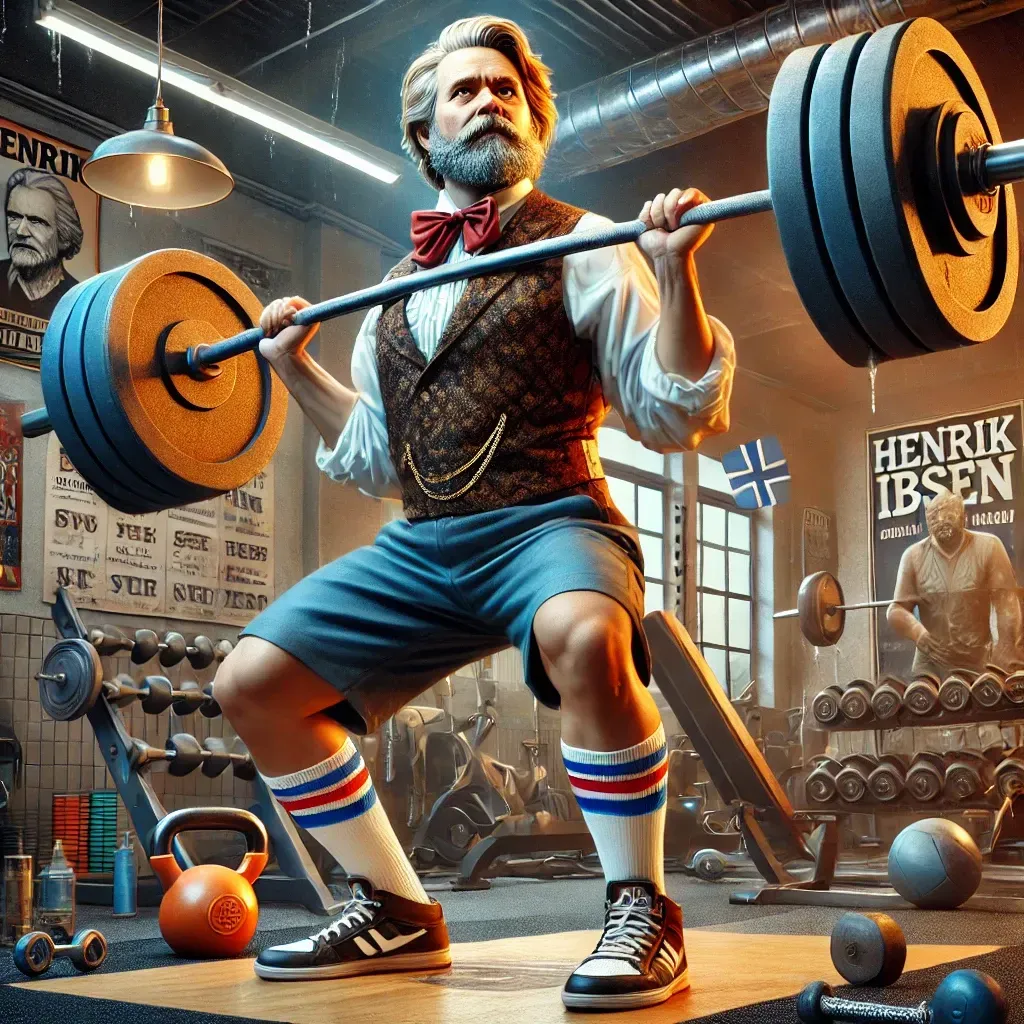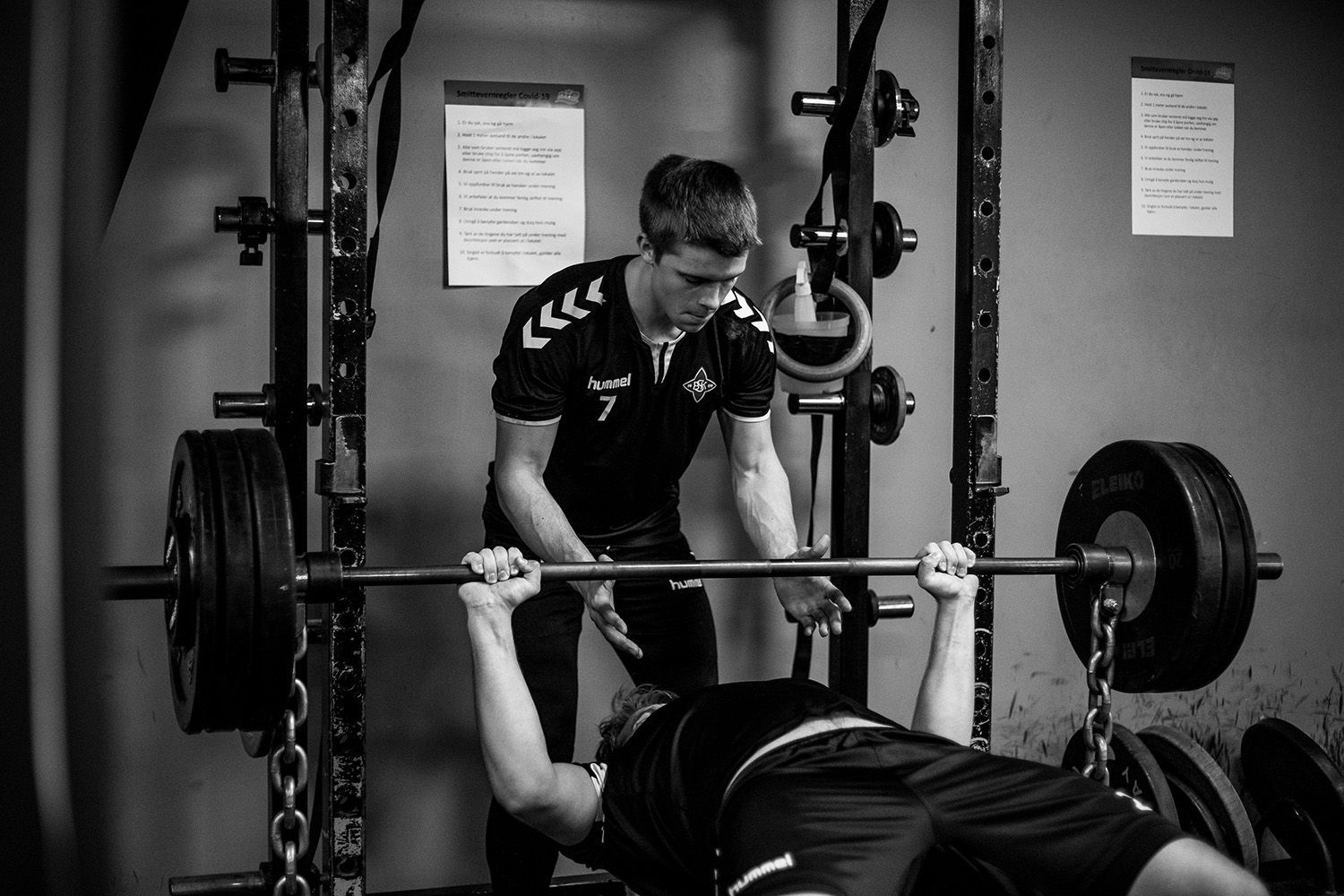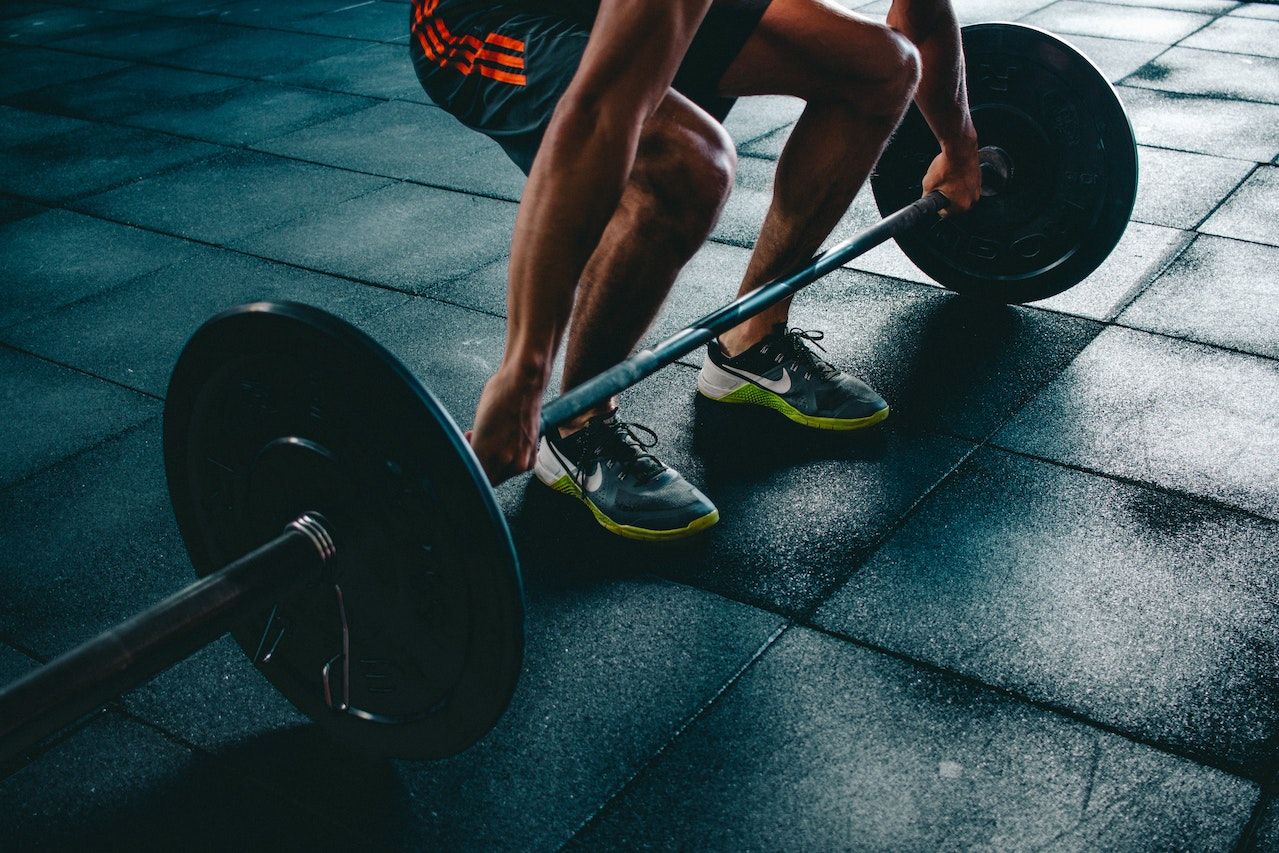Mastering the Romanian Deadlift: Technique, Execution, and Key Benefits
Article by: Nicolás Matías Huertas
The Romanian Deadlift (RDL) is one of the most effective exercises for developing the hamstrings, glutes, and lower back. Despite being classified as an accessory movement, it serves as a cornerstone for strength, performance, and injury prevention. This guide will break down the technical aspects of the RDL, offering step-by-step execution instructions and highlighting its importance in training programs.
1. The Importance of the Romanian Deadlift
The RDL is a hip hinge movement that emphasizes eccentric loading of the posterior chain. Unlike conventional deadlifts, the RDL does not start from the floor but rather from a standing position, focusing on controlled lowering and hamstring tension.
Key Benefits:
✅ Develops posterior chain strength – Engages hamstrings, glutes, and lower back effectively.
✅ Enhances hamstring eccentric control – Crucial for reducing injury risk, particularly in sports that require sprinting.
✅ Improves hip mobility and movement mechanics – Reinforces the hip hinge pattern, essential for athletic performance.
✅ Reduces spinal load – Compared to conventional deadlifts, the RDL places less compression on the lower back.
2. Step-by-Step Guide to Performing the RDL
Step 1: Setup
- Start with a barbell at hip height in a power rack or lift it from the floor if preferred.
- Grip the bar just outside shoulder-width with a firm grip.
- Step back from the rack or set your feet hip-width apart if lifting from the floor.
- Engage your lats by slightly pulling the bar into your body to create tension.
Step 2: The Descent (Eccentric Phase)
- Slightly unlock your knees (8-10° of flexion) but keep them stable throughout the movement.
- Push your hips back while keeping your chest up and spine neutral.
- Lower the bar down your thighs, maintaining constant bar contact with your legs.
- Descend until you feel a strong stretch in your hamstrings—typically between mid-shin and just below the knee.
Step 3: The Ascent (Concentric Phase)
- Press the big toe into the floor and drive your hips forward.
- Engage your glutes and hamstrings to return to the starting position.
- Keep the bar close to your legs throughout the movement.
- Reset your breathing at the top before the next rep.
3. Common Mistakes & How to Fix Them
❌ Excessive Knee Bend
🔹 Issue: Too much knee flexion turns the movement into a squat. ✅ Fix: Keep knees slightly unlocked and focus on hip movement.
❌ Letting the Bar Drift Away
🔹 Issue: The bar moving forward increases lower back stress. ✅ Fix: Keep the bar in contact with your legs and engage your lats.
❌ Rounding the Lower Back
🔹 Issue: Leads to poor spinal alignment and increased injury risk. ✅ Fix: Maintain a neutral spine and hinge at the hips.
❌ Overextending at the Top
🔹 Issue: Hyperextending the lower back at the top of the lift. ✅ Fix: Finish the movement with a glute squeeze, not excessive back extension.
4. Programming & Load Considerations
- For Strength: 4-6 reps at 80-85% 1RM.
- For Hypertrophy: 6-10 reps at 70-80% 1RM.
- For Endurance & Mobility: 10-15 reps at 60-70% 1RM.
📌 Tip: Many studies underestimate the RDL's potential by prescribing light loads. For maximal benefits, train at 80%+ of 1RM.
Final Thoughts
The Romanian Deadlift is more than just an accessory lift—it’s a key movement for strength, injury prevention, and athletic development. Executing the RDL correctly with proper loading will enhance hamstring function, posterior chain strength, and movement efficiency.
✅ Prioritize technique.
✅ Train heavy.
✅ Incorporate into your program for long-term gains!
Written by Nicolás Matías Huertas
Coach at OIS
